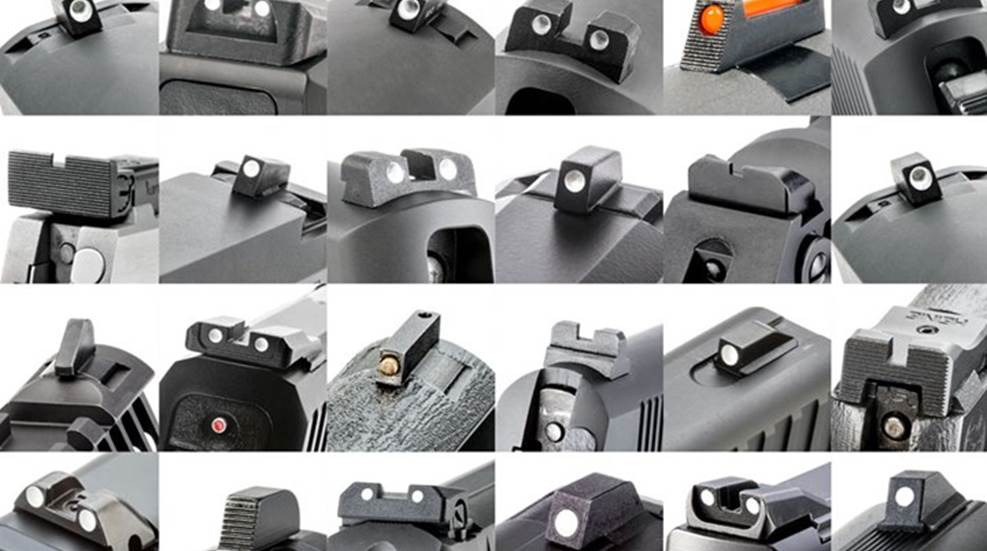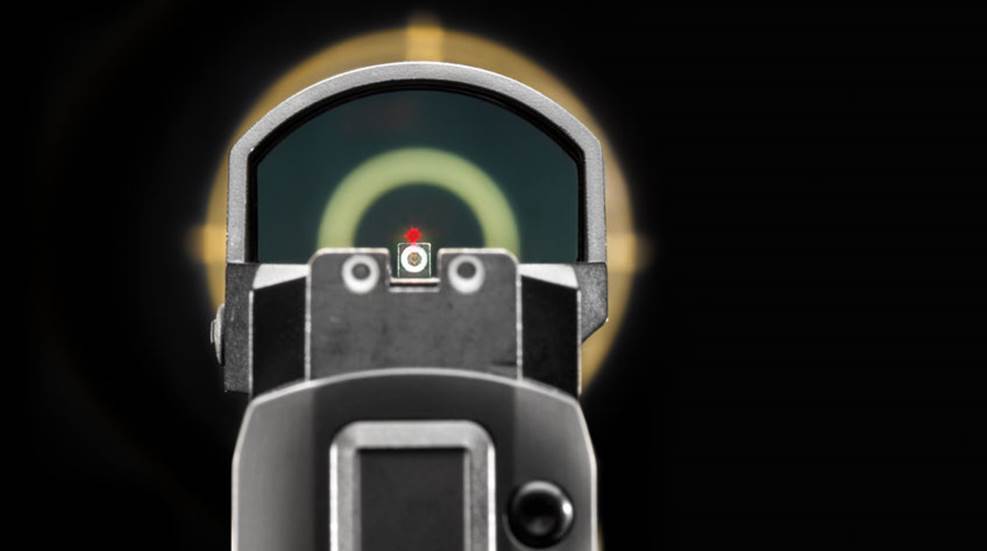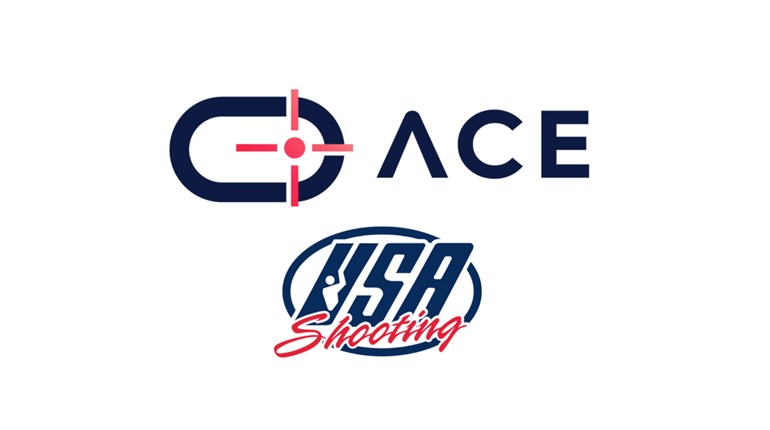
Anyone who has attended a firearm training school or two has heard more than one traditional training quip such as “Smooth is fast”, “Stay on that front site”, “See what you need to see”, “You jerked the trigger!” and the like. What is the true story behind such half-truths and which of them are just straight up misinformation?
Merriam-Webster dictionary defines a half-truth as any proposition or statement that is only partly true, or which conveys only part of the truth. If you’ve been in the professional firearm training world for a minute, or longer, then you’ve probably been exposed to several of the usual terms, quips, adages and pithy sayings thrown around in various training courses. Many of these have been around longer than some shooters.
Going as far back as the late 1970’s and early 1980’s there were still academies (like the FBI) and other training schools teaching revolver and semi-auto pistol firing positions that included shooting from the hip. Even though John Moses Browning patented the 1911 semi-automatic pistol back at the turn of the twentieth century, it was only in the mid-1980’s that U.S. federal agencies, sheriff’s offices and police departments started switching over from revolvers to semi-auto pistols.
As front and rear sights were standard issue for both revolvers and semi-autos by that time, head-shed emphasis was placed on training the shooter to pass an agency or department qualification. The saying “Watch the front sight” was originally utilized to take a beginning student through the fundamentals of shooting with the purpose of passing a pistol qualification.

However, as people, events, circumstances and conditions changed, like they always do, so did the requirements for the shooter to keep pace with the ever-changing demand for gun-carriers to shoot better. In most cases this meant being able to acquire a target faster to deliver rapid, accurate and effective round placement as required.
Certain conditions and examples such as extreme close quarter and exigent circumstances requiring shooting from retention position do not permit usage of the sights at all let alone searching for the front sight. Another no-hard-front-sight-focus example is running extreme speeds requirements such as a sub-second “A”-box head shot from a level-one retention holster from 3 – 5 yards. This performance demand does not allow for hard focus on the front sight as there’s barely enough time to gain any alignment let alone add a hard focal plane shift to the top blade of the front sight. To meet such rapid deployment demands at arms-length distance, using the back of the slide as a rough muzzle-to-target alignment reference is your best usage of those few fractions of a second.
Introduction of the red dot systems (RDS) removed front sight reference all together (save your RDS backup irons) as more and more defensive and competitive shooters alike continue migration towards the dot systems.
Learning the fundamentals of shooting includes familiarization with, and development of, trigger control skills. Most schools teach the “surprise break” concept and then either “pin the trigger” to the rear of the trigger guard and/ or “return to reset.” During this, or similar training blocks, one of the most common terms you hear from an instructor when a student misses a target is “You jerked the trigger!”
What the instructor really means is ‘You moved the muzzle out of alignment during your trigger press.’ However, what the student hears is ’Jerking the trigger is bad’ which does nothing to help with their trigger control. Jerking the trigger is not bad, in fact, it is an absolute necessity. When circumstances call for a rapid trigger press, whether applied in competition or defensive shooting, it’s not possible to shoot quickly if you don’t jerk the trigger. The trick is you want to press the trigger with alacrity at the pace the shot requires and then reset faster than the press. To shoot quickly you have no choice but to jerk the trigger. However, to be accurate and fast a trigger jerk must be delivered without disturbing muzzle orientation with the target.
Given the speed requirement for either a competition or a defensive shooting, where you may be fighting for your life, you must jerk the trigger as there’s no other choice to deliver fast, accurate and effective round placement. It all comes down to a matter of positive grip and what the NRA calls ‘hold control’ where you are pressing off the shot(s) without moving your muzzle out of target alignment.

Another training term you may hear is “See what you need to see.” What does that exactly mean? To an experienced and seasoned shooter that means observational input of multiple events within your operational field of vision. However, to the entry level shooter who has no idea of exactly what they should be looking for, how can this statement make any sense? The logical question that follows is ‘Well, what exactly should I be looking for?
Whether iron sights or a red dot, the shooter must be familiar enough with their shooting system and their shooting process, to either shift focal plane (iron sights) or maintain a single focal plane (RDS), be able to observe the target and their sighting system before, during and after the shot to include alignment, and the dynamic positions of a reciprocating slide during recoil. It’s a lot to take in and process within a fraction of a second – especially on the conscious level.
Some instructors provide guidance for ‘what you need to see’ such as watching the sights during and after the shot, asking the shooter what the sights did immediately after the break, how high did the dot or front sight rise and recover, was it at the 6 – 12 o’clock positions, was it consistent between multiple rounds or did it change clock positions during recoil recovery and the like. At least this gets the new shooter to start seeing the basics of cause and effect as it pertains to the fundamentals of shooting.
Most common training adages sprout from the garden of good intentions. However, over time, like a message that gets passed around a classroom starting with the first kid whispering into the second kid’s ear, by the time it reaches the 32nd kid, its original intention and meaning is usually lost and ends up being a half-truth at best.





































